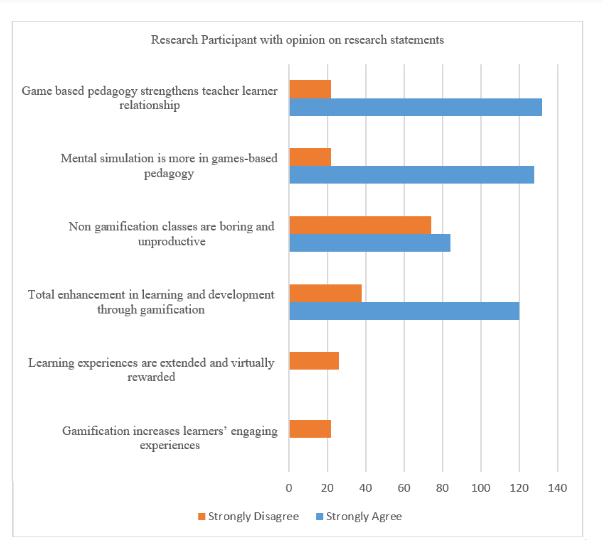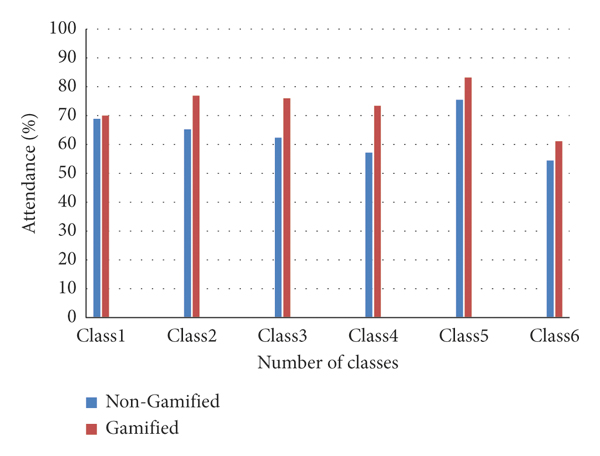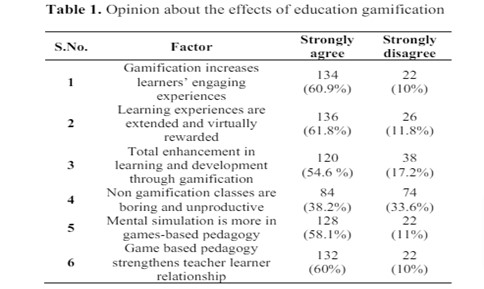No products in the cart.
Introduction to Coding in Education
In today's rapidly evolving digital technology landscape, coding has become essential for students of all ages. As schools prepare to accept a digital future, integrating Programming into the curriculum is crucial for developing the skills needed in the modern world. Coding enhances e-learning experiences and equips students with the ability to think critically and solve problems creatively. With the increasing emphasis on digital technology, elementary school and middle school students can greatly benefit from learning to code. Aligning with the National Education Policy (NEP) 2020, schools are encouraged to incorporate Programming as a vital part of the education system. As we look forward to the back-to-school season, school management systems must prioritise Programming education, ensuring students are well-prepared for a future where digital literacy is key.
Benefits of Integrating Coding into the Curriculum
Integrating coding into the curriculum offers numerous benefits for elementary school and middle school students. It helps develop critical thinking and problem-solving skills essential for navigating today's digital technology-driven world. It enhances e-learning by making lessons interactive and engaging, aligning perfectly with the National Education Policy 2020 (NEP) goals. By including Programming in back-to-school plans, school management systems can better prepare students for future careers in technology. Additionally, learning to code fosters creativity and collaboration, providing students with a solid foundation in digital literacy that is crucial for success in the 21st century.
Aligning Coding Education with NEP Guidelines
Coding education aligns seamlessly with the NEP guidelines, emphasising the importance of digital technology and e-learning in modern education. The National Education Policy (NEP) encourages schools to integrate Programming into their curriculum, recognising its role in building essential skills from an early age. By focusing on the Digital Program, elementary school and middle schools can foster creativity and critical thinking, preparing students for future challenges. As schools develop their coding programs, they should consider the NEP's recommendations for a comprehensive school management system that supports digital literacy. This approach ensures students are equipped for a rapidly changing, tech-driven world.
Implementing Coding Programs in Schools
Implementing digital programs in schools is essential for embracing the digital future outlined by the NEP. Schools can start by integrating these programs into their e-learning platforms and offering programming classes as part of the regular curriculum. Elementary school and middle schools should provide hands-on learning experiences that make digital skills fun and engaging for students. By utilising digital technology and aligning it with NEP guidelines, schools can create a robust coding education program. During the back-to-school season, school management systems should focus on equipping teachers with the necessary tools and training to teach programming effectively, ensuring every student can develop valuable digital skills.
Challenges and Solutions in Teaching Coding
Teaching Digital Programs in schools comes with its own set of challenges. One major challenge is the lack of trained educators who are comfortable teaching Programming and digital technology skills. Another area for improvement is limited access to resources, especially in elementary school and middle schools, which can make it difficult to implement Programming effectively. To address these challenges, schools can provide professional development for teachers, focusing on coding and e-learning techniques. Partnering with organisations that offer coding education resources aligned with NEP guidelines can also help. Additionally, investing in a school management system that supports digital learning tools will ensure students have access to the necessary technology, making digital programs education more accessible and effective for all.
Future Trends in Coding Education
The future of coding education is set to be shaped by several exciting trends. As digital technology advances, Programming will increasingly become a core component of e-learning, with more interactive and immersive experiences. Schools will adopt gamification and project-based learning to make Programming more engaging for students. Integration with artificial intelligence and machine learning will also play a significant role, offering personalised learning experiences. Aligning with NEP guidelines, schools will incorporate coding from an early age, ensuring students develop essential skills early on. The focus will be on creating a robust curriculum that adapts to new technologies and prepares students for a tech-driven world.
Every individual can recall a teacher who impacted their life significantly. In today's digital age, the role of teachers in shaping students' lives goes beyond traditional classroom settings. With technological advancements and the vast array of information available online, teachers play a crucial role in guiding, inspiring, and mentoring students in navigating the digital landscape. This article delves into the multifaceted role of teachers in students' lives in this digital era.
Teachers are the primary source of knowledge and skills that students acquire throughout their academic journey. They impart the curriculum, provide guidance, and facilitate learning experiences that enable students to grow intellectually. Some key points include:
In the digital age, information is readily available at our fingertips. Still, teachers play a vital role in helping students navigate this vast sea of information and develop critical thinking skills.
While technology connects us in many ways, it can also lead to feelings of isolation and detachment. Teachers play a crucial role in fostering social and emotional intelligence in students.
Great teachers possess an almost magical ability to inspire their students. They can bring a dry textbook topic to life with captivating stories, engaging activities, and a genuine enthusiasm for the subject. This spark of inspiration can profoundly impact a student's academic journey, propelling them to delve deeper and strive for excellence.
Building Confidence and Resilience
The path to academic success could be smoother. Students face challenges, setbacks, and moments of self-doubt. A good teacher is a constant source of support and encouragement, helping students learn from their mistakes and develop the resilience they need to persevere. They celebrate achievements, big and small, fostering a sense of accomplishment and boosting a student's confidence in their abilities.
Technology can be used to "flip the classroom" concept. Teachers can leverage online lectures and tutorials for independent learning while using class time for deeper exploration, discussion, and application of knowledge under their guidance.
Conclusion
Education is an ongoing experiment, a continuous process of discovery and transformation. The future of learning lies in a synergistic lab where teachers and technology work in unison – the teacher guiding, the technology amplifying, and the students actively participating in their own transformation. By leveraging the strengths of both, we can create a truly transformative learning experience where every student has the opportunity to excel and reach their full potential.
QuestPlus recognizes the irreplaceable role of teachers in this transformative process. Their platform is designed to be a teacher's toolkit rather than a replacement. By offering a vast library of resources, innovative tools, and ongoing professional development opportunities, QuestPlus empowers teachers to become even more effective alchemists, transforming the raw potential of their teaching skills
"A good teacher can inspire hope, ignite the imagination, and instil a love of learning." - Brad Henry.
[Source: https://www.teachproplus.com/the-role-of-teachers-in-todays-igital-world/ ]
As educators, we constantly seek new ways to engage and motivate the latest generation of students. Hence, greater attention is required to integrate concepts of gamification and educational games to enhance the latest elements and use handheld devices to upgrade the traditional learning framework. Using game elements in specific educational contexts makes concepts more engaging.
The concept of gamifying learning experiences for undergraduate students has become increasingly popular as education evolves. Educators can improve student engagement, motivation, and overall learning outcomes by incorporating game elements into traditional academic settings. This blog delves into the advantages and strategies of gamification in higher education.
Benefits of Gamification in Education
Gamifying the learning experience for undergraduates offers a myriad of benefits:

2. Student Engagement and Regularity Analysis
It was implemented in an institute where students were not compelled to attend. With the help of a gamified framework, students were intrinsically motivated to attend classes that included a coin-based attendance system, fun-based learning, online quizzes, and verbal discussions. Enhancement in attendance can be examined in all six sections, as presented in Figure.

3. Enhanced Collaboration
4. Personalised Learning
Effects of education gamification Using a 5-point scale,
The research sampling unit was asked to react to various items designed to determine their beliefs and viewpoints about the effects of Education Gamification, as shown in Table 1

Solution:
Implementing Gamified Activities:
Gamification enables educators to set concrete learning targets and achievements to ensure learners experience a systematic and fun learning process. It guarantees the compatibility of game elements with academic performance and goal achievement, replacing mere entertainment with valuable learning experiences.
Utilising Technology
Educators can use progressive assessment tools such as the leaderboard, badges, and achievements. These tools make it easier for students to monitor their progress, remain motivated, and work harder to enhance their skills.
Creating Immersive Learning Environments
Timely feedback that provides positive encouragement and correction as soon as a misunderstanding occurs. These quick assessments are very valuable for increasing the level of knowledge and motivating students to develop better performance.
Embracing Collaboration
Presents friendly confrontation through the utilisation of challenges and quizzes. This competitive element is, therefore, one of the biggest drivers of student engagement and pushes them to the highest level academically.
Conclusion
Introducing a completely new approach to academic engagement, gamification is a revolutionary method that has transformed higher learning into an enlightened terrain. This blog aims to explore the potential of integrating certain aspects of games into education in order to improve learners' outcomes and interests.
In this area, Singhania Quest Plus enters as a pioneer with tools that involve training for educators who seek to adopt gamification in their teaching. These training and professional development programs ensure that tutors are equipped with all the necessary tools and techniques to help implement the gamified elements into their programs.
External Links for reference
1) https://www.edutopia.org/article/4-tips-getting-started-gamification
2) https://www.hindawi.com/journals/mpe/2021/9922775
FAQs
